Just about every comic book story centers around a hero’s journey. Ours just happened off the printed page.
Four and a half years ago, my family’s lives were upended when my daughter, then a freshman at one of the most prestigious high schools in the country, had a mental health crisis. Her school social worker phoned with an urgent message: We needed to take my daughter for psychiatric evaluation — immediately.
Diagnosed with major depression and anxiety, and deemed a suicide risk, she was hospitalized in a pediatric psychiatric ward. We had no idea at the time, but we were just starting a journey that would span weeks of multiple hospitalizations, months of outpatient crisis treatment and years of therapy and meds and personal growth.
In that moment, though, the shift in our reality was sudden and seismic. I hope you never have the experience of seeing your kid in an institution where you can hear other teen patients screaming incoherent threats at nurses down the hall. Despite the professionalism and empathy of the staff, it was overwhelming to process.
By then I had left full-time journalism after a 20-year run at the New York Daily News and become a professional comic book writer in what was either a savvy career change or a midlife crisis, take your pick. Either way, being a freelancer allowed me to spend all my time at the hospital, writing scripts for a Star Wars mini-series in between visiting hours at the ward. As a professional storyteller, I was struggling to write a fun, frolicking space opera when it felt like I was stuck in a horror movie here on Earth.
There was tremendous guilt over all those missed warning signs that seemed like neon billboards in hindsight. How had I, as a parent, screwed up so badly as to allow let my daughter’s condition reach this state?
The eureka moment behind A Haunted Girl hit in the hospital cafeteria.
I am a professional storyteller. What if there was a tale that I could write to inspire her and other teens going through similar struggles? I jotted down a line in my reporter’s pad: “The fate of all life on Earth rests with a girl who doesn’t know if she wants to live.”
At the time, that’s all I had. But over the months that followed, I worked out a story: A protagonist, Cleo, who channels that fear, but ultimately overcomes it. The tale of a depressed girl who finds out she is the only person who can save everyone else from a supernatural apocalypse. A story about a girl who battles inner demons and more literal ones. Spoiler alert: She’s going to win. Hopefully it would be entertaining to all readers, and inspirational to the ones who needed it.
I brought in my frequent creative partner, artist Marco Lorenzana, and started shopping the pitch around to comic book publishers.
Their reaction? Discomfort. Tackling suicidality in a comic wasn’t an easy sell. If you are told no enough times you start to wonder if your great idea wasn’t really all that great. Self-doubt, after all, is a comic book writer’s kryptonite.
Lamborghini Restores One-of-a-Kind Miura With a Comic Book Legacy
Immortalized in 1970s Japanese manga “Circuit Wolf,” this Miura SVR is track ready again.Marco and I eventually came close to a deal with a big publisher in early 2020, only for the pandemic and the retrenchment in the comic book industry that followed to scuttle that potential opportunity. I secretly wondered if that was our last shot.
It turned out to be good for us, however, that a deal didn’t work out.
Because by late 2022, my daughter was in a much more stable place, already in college and navigating her occasional depressive spikes better. I asked her if she would write this story with me, with the hope of inspiring others who aren’t as far along on their mental health journey.
Or, as I put it to her: Their own hero’s journey.
Naomi was the missing ingredient. She added authenticity. Every line out of dialogue out of a teenager’s mouth comes from her, sparing me the inevitable Steve Buscemi, “How’s it going fellow kids” memes if I had done it myself. She based Marcy, the psychologist character, on her own therapist. The hospital sequence, the school avoidance, the therapy sessions, all came from her real-life experiences and from her keyboard.
It made all the difference.
We were signed to a deal by Syzygy Publishing, an imprint of Image Comics run by industry veteran Chris Ryall. He got what we were trying to do and took a leap of faith. Image is the publisher of books even non-nerds have heard of, including The Walking Dead and Kick Ass.
We teamed up with the American Foundation for Suicide Prevention, which put together a resource guide for the back issue, and a therapist from Broadcast Thought, who provided sensitivity reading. Tackling this sensitive subject matter could be potentially dangerous if we did it wrong. That they gave us their approvals let us know we were on the right track.
The first issue of A Haunted Girl hits comic stores on Wednesday, October 11. Naomi, Marco, and I will be doing a signing at Forbidden Planet, one of the biggest comic stores in New York City on the evening of release.
On the day before, my daughter and I will be doing a television interview with CBS News. Two days after the signing, we will be on an Image Comics panel. The following week, I hit the road for 10 more signings in six other states and one other country. During my stopover in Los Angeles, I am meeting with a manager who wants to shop the story around Hollywood. Our initial orders from comic stores were twice what Syzygy projected. Every day there’s less kryptonite.
The metric for us, though, isn’t just copies sold. It will be lives changed. Even if it’s just a few.
And on that front, the future has yet to be written.
This article was featured in the InsideHook newsletter. Sign up now.
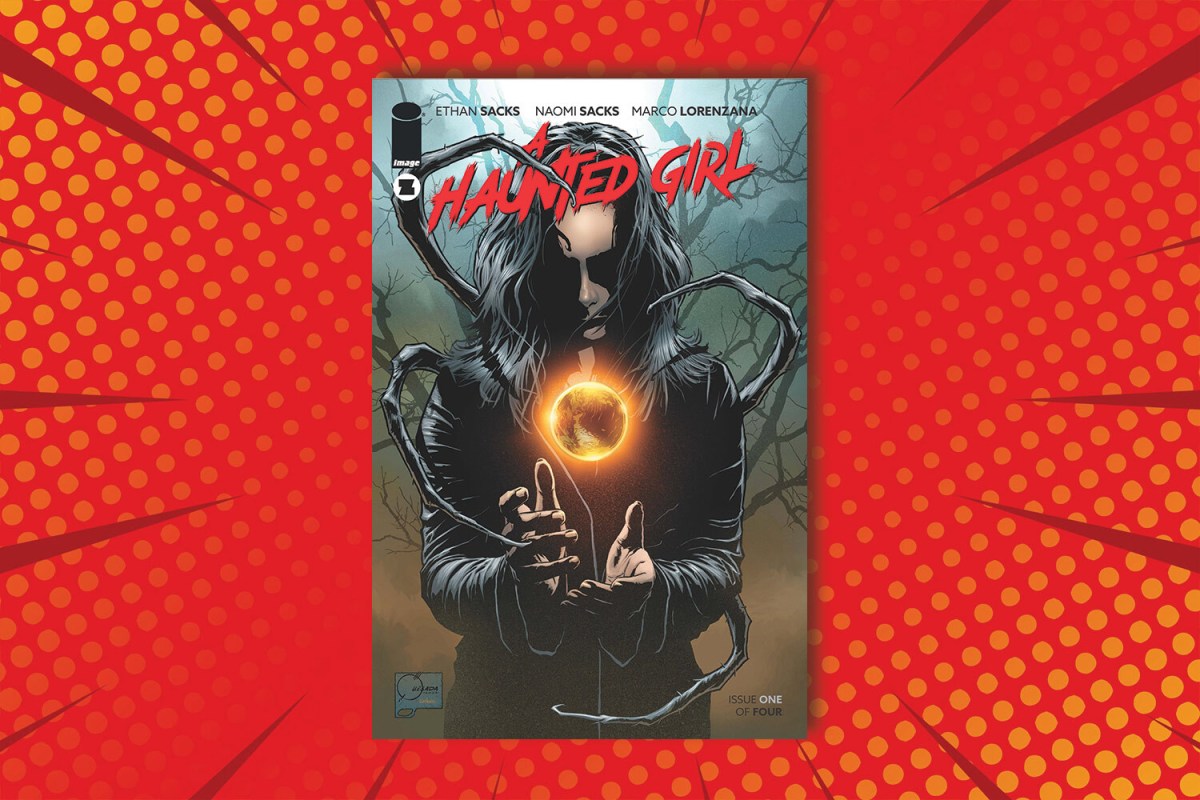

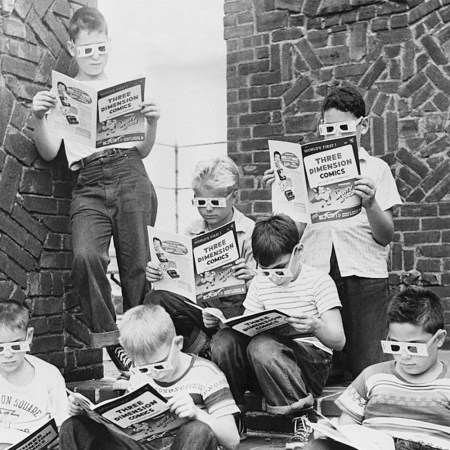
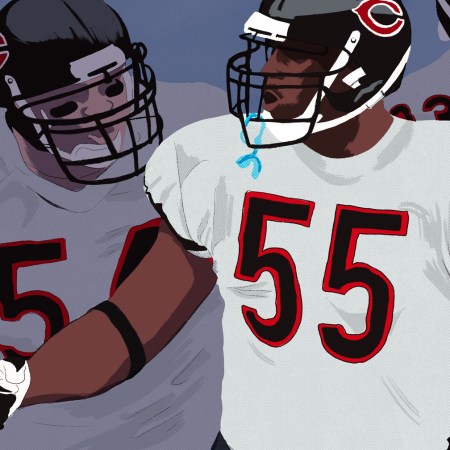
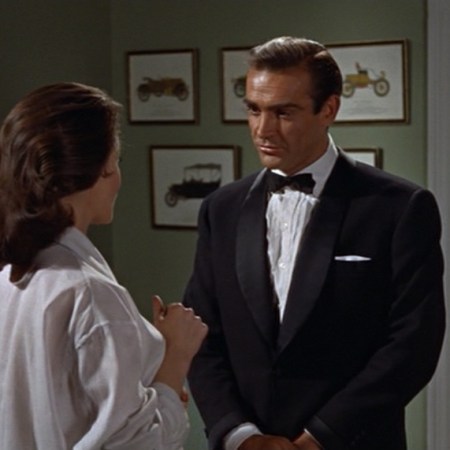
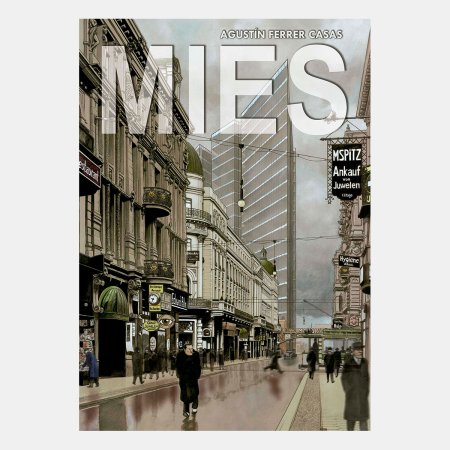













![[L-R] Bill Berry, Michael Stipe, Mike Mills and Peter Buck of R.E.M. at the Aragon Ballroom in Chicago, Illinois on July 7, 1984.](https://www.insidehook.com/wp-content/uploads/2024/12/rem-book-interview.jpg?resize=750%2C750)





